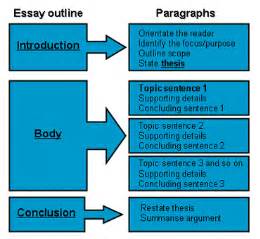Lesson Plan for “Introduction” of a short composition
There are 3 components to an Essay
- Introduction
- Body
- Conclusion

For a short composition this means that as a minimum the Introduction should be one paragraph.
Introduction(what it does):
- Defines scope
- Briefly explains/summarizes document
- Explains important elements not in the body
Objective:
Give the reader a sense of what’s ahead in the main body.
Structure of Introduction/front matter:
- Abstract/Summary: Explain in as few words as possible what the essay is about.
- Preface: How the essay was conceived. Typically signed and dated.Preface comes from Latin, meaning “spoken before” (prae fatia) or “made before” (prae factum).
- Acknoledgements: Credits. This can also be mentioned in the preface or foreward.
- Foreward(preface by different author)
If above components are seperate and accompanied by a seperate “Introduction” then the entire section of sub sections are known as the “front matter”.
By convention introduction/front matter is unnumbered and precede any numbered chapters.
Types of Introduction
- Prologue: For stories – An opening (ie short scene) that establishes context and background of the story.
- Preamble: For documents – Expressive statement explaining purpose and philosophy of the document.
- Lead Paragraph/Lead: For journalism – Opening paragraph of an article/essay/book chapter summarizes main ideas. Basicly it’s a summary for the above mentioned types of short literature.
- Epigraph: For literature(especially documents and stories) – Quotation by another person. Could be a poem or just a statement.
Examples
Lead Paragraph
YAHOO


WSJ (Wall Street Journal)


Prologue
Alien The Crossing
300
Preamble
U.S Constitution
Epilogue
